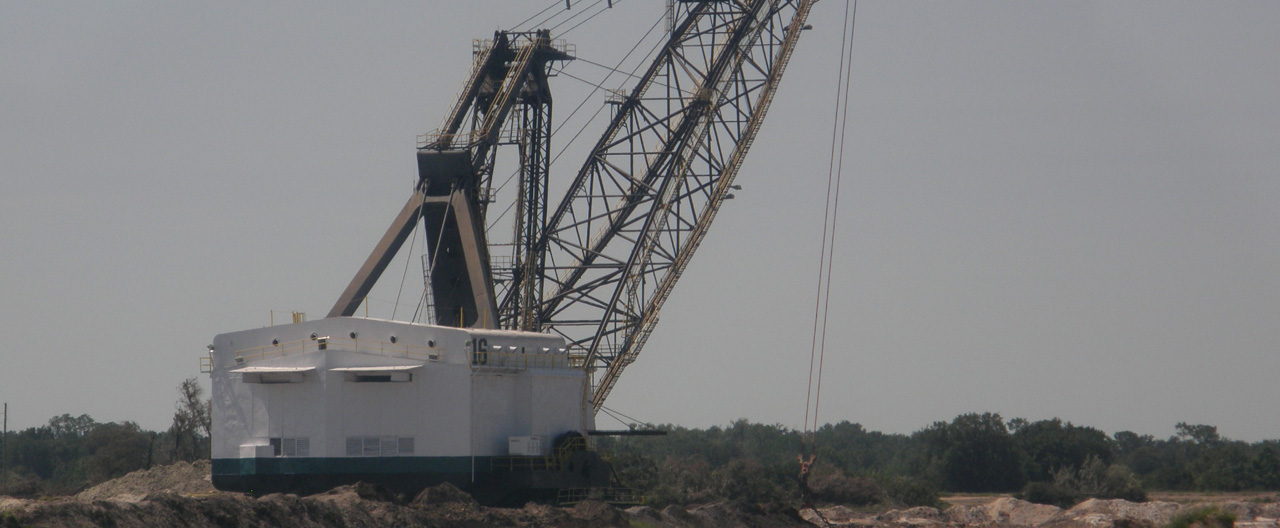Radiation and Phosphogypsum
- • Both natural gypsum and phosphogypsum contain radioactivity, but phosphogypsum
contains more.
• In the manufacture of phosphoric acid, the acid is filtered through cloth to remove solids. The radium is filtered out with the solids. The solid portion is known as phosphogypsum.
• Phosphogypsum produced in North Florida contains roughly 5 – 10 picocuries per gram (pCi/g) of radium while phosphogypsum from Central Florida contains about 20 – 35 pCi/g radium.
• The U.S. EPA prohibits the use of phosphogypsum. An exception is made for phosphogypsum with an average concentration less than 10 pCi/g radium which can be used as an agricultural amendment. EPA’s ban was based on a single scenario which assumed that the by-product was used in road building or as an agricultural amendment and 100 years later a house was built on the farm field or the abandoned road and the homeowner lived in the house 70 years, staying in the house 18 hours a day. Under this scenario the homeowner’s risk of radon-related health concerns only slightly exceeded the EPA’s acceptable limits.
• Phosphogypsum is primarily calcium sulfate, and plants need the sulfur it contains. Since much of the North Florida phosphogypsum is below the EPA restriction level, it can be used as a crop amendment, but for no other use.
• The Central Florida phosphogypsum is restricted to storage on land in large piles called “stacks.”
• The overall radioactivity in the stacked phosphogypsum is actually less than what was in the original phosphate ore that was taken out of the ground.
